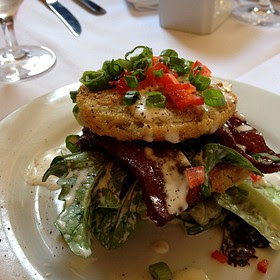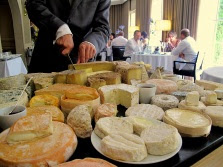Yeah, yeah I know this is a Blog about food and wine. But, for those of us who like to eat and drink well and try to keep the pounds off, it only stands to reason that I include ways to do just that. This 3 mile walk along a jaw-dropping part of Italy
The route parallels the sea between Santa Margherita and Portofino Portofino Portofino Portofino
Along the way you’ll swoon over the drop-dead gorgeous villas. This is some of the world’s most expensive real estate, but don’t expect flamboyant---it’s the old world money of quiet elegance. Most villas are very secluded from the road, however, can be viewed along the twisting road at vantage points that show their multi-level backsides cascading down to the glorious sea. Many have unobstructed bazillion Euro views of Portofino
One of my fave spots on the walk is the captivating little cove of
Paraggi. Just a half of mile from Portofino Portofino
Once you’ve replenished your fluids, do not leave Portofino Portofino
Coming on our Truffle Tour this fall? You’ll have the opportunity to do this walk. Don’t want to walk? No problem as we’ll visit both Santa Margherita and Portofino





